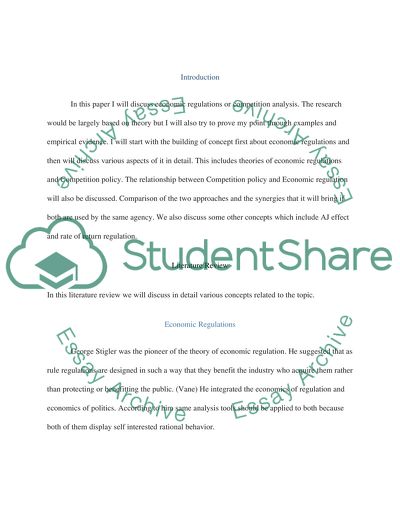Cite this document
(The Relationship between Competition Policy and Economic Regulation Research Paper - 1, n.d.)
The Relationship between Competition Policy and Economic Regulation Research Paper - 1. Retrieved from https://studentshare.org/macro-microeconomics/1748771-ecomomic-regulation-or-competition-policy
The Relationship between Competition Policy and Economic Regulation Research Paper - 1. Retrieved from https://studentshare.org/macro-microeconomics/1748771-ecomomic-regulation-or-competition-policy
(The Relationship Between Competition Policy and Economic Regulation Research Paper - 1)
The Relationship Between Competition Policy and Economic Regulation Research Paper - 1. https://studentshare.org/macro-microeconomics/1748771-ecomomic-regulation-or-competition-policy.
The Relationship Between Competition Policy and Economic Regulation Research Paper - 1. https://studentshare.org/macro-microeconomics/1748771-ecomomic-regulation-or-competition-policy.
“The Relationship Between Competition Policy and Economic Regulation Research Paper - 1”, n.d. https://studentshare.org/macro-microeconomics/1748771-ecomomic-regulation-or-competition-policy.


